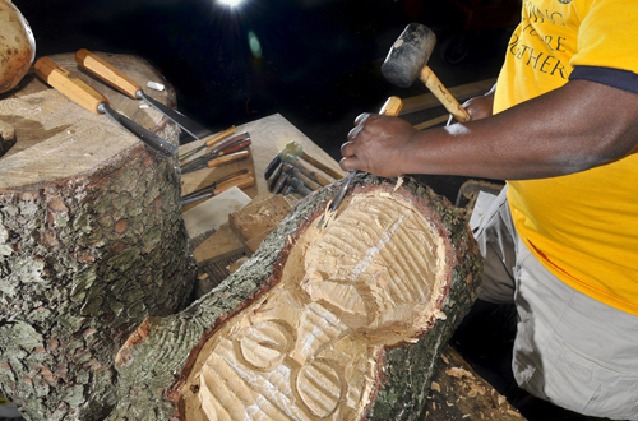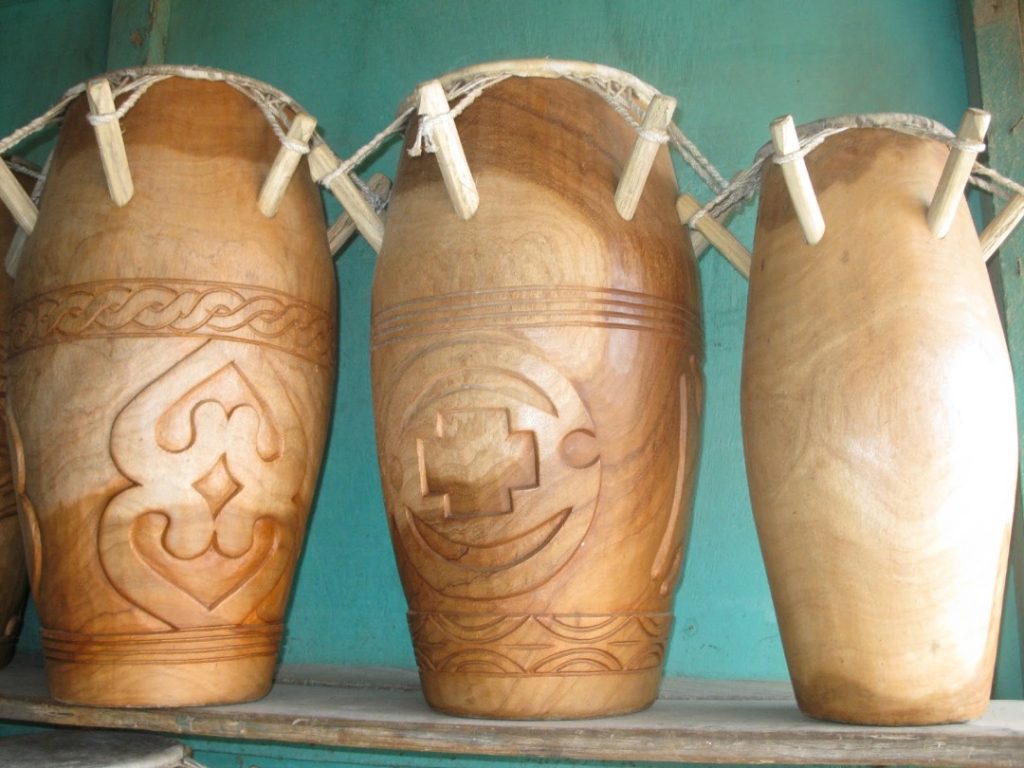Wood carving was one of the economic activities of Ghanaians in the pre-colonial period. Woodcarvers were greatly respected in Ghanaian society because of the great value which was placed on their work.
It was mainly the occupation of men and also a hereditary craft that was passed down from father to son.
Wood carving was essentially carried out in the forest areas of the country where the raw materials were available.
In Ghana, wood carving was done in many parts of the country, particularly in areas like Brong-Ahafo, Western, and Asante regions. Their work products included drums chiefs state umbrellas, stools, household furniture, ladles, doors, canoes, linguist’s staff, flutes, mortar, and pestle.
The traditional wood carvers depended on tools like axe (adze) cutlass, chisel metal, scrappers, and knives.
The wood carvers used woods such as Wawa, Sese, Nyamedua, Odum, and Ofram among others for their beautiful work.
The craft as well as the tools that the carvers used were regarded as sacred. The carvers, therefore, consecrated their tools by pouring libation on them and sometimes sacrificed animals on the tools. They also have sacred days on which they do not work.
The wood carving provided employment opportunities for both the carvers and those who traded in the products.




